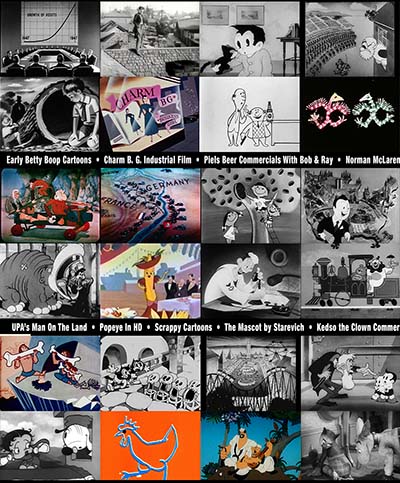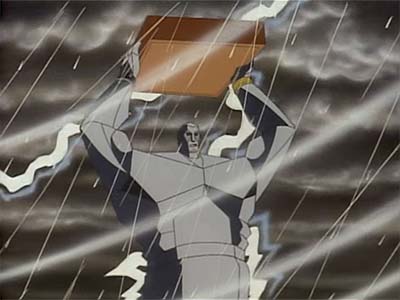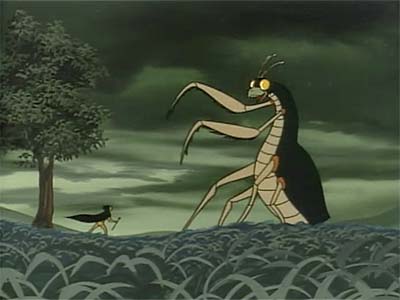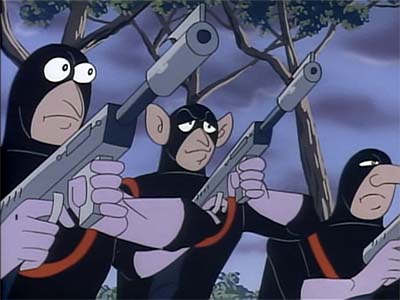MARCH 5th AT 5:30 pm PST!

During Member Appreciation Month, Animation Resources is hosting weekly events on its Discord server. Join us on Sunday afternoons to participate in discussions and network with fellow artists from all over the world. The doors open at 4:30 pm (PDT) and the program begins at 5:30 pm.
THIS WEEK’S PROGRAM
THE HISTORY OF CARTOONING WEST TO EAST

In our recent podcast, Animation Resources’ Programming Director, Davey Jarrell hosts a broad reaching look at the history of cartooning in both the Western world and Asia. Nearly two decades in the making, this podcast is perhaps the most important resource we’ve ever shared. Along with Danny Young and Michael Woodside, Animation Resources president, Stephen Worth traces the breadcrumbs of cartoon history back from the present day to the 15th century… and then with the help of Davey Jarrell, Stephen traces the history of Japanese cartooning from the 12th century back up to the present day. Make sure to listen to the podcast, and then join us Sunday for a discussion about it.
JOIN US At The Animation Resources Discord Server
HOSTED BY DAVEY JARELL WITH SPECIAL GUEST STEPHEN WORTH
SUNDAY MARCH 5th 5:30 pm (PDT):
A Discussion About The History of Cartooning West To East
For a full schedule of events during Members Appreciation Month, see… https://animationresources.org/februaryschedule/
ABOUT THE PODCAST

History Of Cartooning From East To West

Animated Discussions 010 / Hosted by Davey Jarrell with Stephen Worth, Danny Young & Michael Woodside

 Have you ever dreamed of traveling the world and going back in time in a time machine to find out when cartoons began? Well climb aboard this very special episode of Animated Discussions. We’re going to do just that!
Have you ever dreamed of traveling the world and going back in time in a time machine to find out when cartoons began? Well climb aboard this very special episode of Animated Discussions. We’re going to do just that!
By tracing the branches of history, we can see the outlines of what cartooning is and where it came from. Best of all, learning about the artists from the past will inspire cartoonists to take back their art form and build on the incredible foundation they built for us.
You won’t want to miss this podcast. Take notes and google names you hear us talk about. You’ll find lots of wonderful things to research that will change the way you think about cartooning.
Animation Resources is one of the best kept secrets in the world of cartooning. Every month, we sponsor a program of interest to artists, and every other month, we share a book and up to an hour of rare animation with our members. If you are a creative person interested in the fields of animation, cartooning or illustration, you should be a member of Animation Resources!
ABOUT YOUR HOST
Davey Jarell is a member of the Board of Directors of Animation Resources. He is a professional storyboard artist for television and acts as our Director of Programs.
ABOUT DISCORD
Discord is a free chat app that supports video, voice chat and text chat. Discord servers are divided into channels, which all have their own subject or theme of discussion. Members are assigned roles which helps everyone keep track of who’s who. The Animation Resources Discord channel is a virtual meeting place for our supporters. You can meet other Animation Resources members, talk with the people behind the scenes at our organization, and attend lectures and screenings— all without leaving your home. It’s free and open to everyone in the creative community. If you’d like more info on how Discord works, see this article: What is Discord?
Here’s how to install the Discord app and login to the Animation Resources Discord Server:
1. INSTALL DISCORD- iPhone or Android: Download the app from the App Store or Google Play Store and install.
- Desktop: You can access Discord for your Mac or PC from discordapp.com. You can choose to download and install the free Discord app, or enter our channel directly using your web browser. https://discord.gg/cuvNvsMNQP
2. CREATE AN ACCOUNT- Just follow the prompts to create your own login account.
3. JOIN THE ANIMATION RESOURCES CHANNEL- Click the plus sign to the right of the app and select "JOIN A SERVER".
- Enter this invite code: vES5YsV
4. YOU’RE THERE!- Take a moment to look around, read the rules and introduce yourself.
The Animation Resources Discord Server is open to the public right now. Pop in and look around, and make a point to visit on Sunday!

It’s Members Appreciation Time again at Animation Resources, and For the past decade, Animation Resources has been serving artists working in the fields of animation, cartooning and illustration. Our volunteers and members have pulled together to raise the bar for our art form, and it’s time to celebrate… It’s Members Appreciation time again!
During the month of February, Animation Resources expresses our appreciation for to members with a very special Reference Pack, and we invite you to become a member too. For the next 30 days, we will be sharing reasons why you should join us. Our benefits of membership far exceed the cost of our annual dues. You can find out what our members get at the Member Appreciation Page. It’s easy to join. Just click on this link and you can sign up right now online…
JOIN TODAY!
https://animationresources.org/membership/levels/


 Animation Resources depends on your contributions to support its projects. Even if you can’t afford to join our group right now, please click the button below to donate whatever you can afford using PayPal.
Animation Resources depends on your contributions to support its projects. Even if you can’t afford to join our group right now, please click the button below to donate whatever you can afford using PayPal.









 by
by 












































